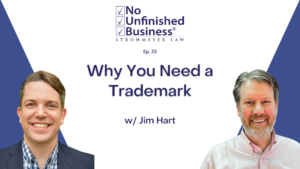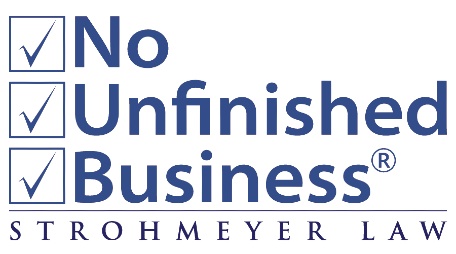Asset Protection in Texas: An Introduction
It should come as no surprise that those who’ve worked hard to create wealth look to asset protection planning to ensure that wealth doesn’t end up in somebody else’s hands.
High-risk professionals, such as doctors, are obvious candidates for asset protection planning. But beyond those professional risks, people engaged in other risky ventures, such as owning rental real estate and raising teenage children, also require asset protection to planning protect themselves from potential judgment creditors. As a result, asset protection is a goal for both business and personal planning.
While described as a method for defeating creditors, asset protection planning manages the risk of creditors for the client. By protecting assets before the creditor’s claim arises, a client can head off a lawsuit by promoting a settlement with a creditor, lowering the risks associated with a trial. So beyond stopping creditors, clients invest in asset protection planning to avoid a potentially greater loss in a lawsuit.
Asset protection planning can be broken down into three levels of increasing complexity. The first level of asset protection is insurance and exemption planning. This planning is very effective because it is respected by the courts, and doesn’t require establishing complex legal structures. This level of planning starts with liability and professional insurance. Because a doctor’s riskiest behavior is (usually) his or her practice, the first step of planning is maintaining sufficient malpractice coverage. After that, liability insurance, including life insurance, home insurance, and an umbrella policy, can protect the client from creditors who don’t have a professional claim against the client.
In addition to insurance planning, the first level of planning uses statutory exemptions provided by Texas law to protect assets from creditors. Texas, as a debtor-friendly state, provides debtors with generous exemptions to protect assets that are directly owned by the client. For example, the total value of a debtor’s homestead is protected, regardless of its value, from seizure by creditors. Retirement accounts, such as IRAs and 401(k) plans, are also protected from creditors. Texas goes further than most states by protecting retirement accounts even if they are inherited accounts. (Please note that the laws vary from state to state.)
Collateralization is the focus of the second level of asset protection planning. In this stage of planning, clients start creating legal structures to place certain preferred creditors ahead of other creditors. If there is a claim, then the preferred creditor’s rights to the property stop other creditors from seizing the protected assets. In effect, someone else has earlier rights to the asset, so a later creditor can’t seize it. One example of this protection is leasing the office furniture so if there is a judgment, a creditor can’t seize it, and thereby disrupt the professional practice in that office.
The third level of asset protection involves what people mostly think of when they think of asset protection: trusts and legal entities, such as a limited partnership or a limited liability company (LLC). As with the second level of planning, this level of planning focuses on separating the client from actual ownership of the assets. By transferring ownership to a trustee or an LLC, the client doesn’t own the asset. At most, the client may have an interest in that entity or in the trust, but isn’t the direct owner of the asset, which prevents the creditor from seizing the asset. These structures work best only after the previous levels of planning have been utilized, but they must be implemented correctly, otherwise no protection will be gained.
So, with all of these methods for protecting assets, are there any limits on asset protection planning? While Texas favors debtors, it doesn’t give them free rein to avoid their obligations. First, not all structures provide protection. For example, Texas does not provide any asset protection to assets held in self-settled trusts, which are trusts held for the benefit of the client, because the client still has ownership of the assets. So, transferring assets from yourself, as the outright owner, to yourself, as trustee of the James Q. Public Creditor-Defeating Trust, provides no protection. Second, transfers intended to hinder, delay, or defraud any creditor, also known as “fraudulent transfers,” will not provide any protection. A creditor can challenge transfers that are fraudulent, and possibly seize assets that had been protected. Part of determining if a transfer is fraudulent is looking at the timing of the transfer. Texas allows creditors to challenge transfers made up to four years before the claim arose, meaning that there is no benefit to delaying this planning.
Taken together, asset protection planning allows clients to protect what they have earned from the claims of creditors. Texas, a debtor-friendly state, provides many options for establishing a base of protected assets, but once those exemptions have been used, clients with additional assets to protect will need to create the legal structures to further protect themselves. And because the clock is ticking on fraudulent transfers, the clients should start this planning now to stop creditors from seizing assets.
End-of-Year Strategies for Irrevocable Gifting Trusts
As the year draws to a close, there are some crucial actions to take with an irrevocable gifting trust.
What to Do If You Receive an IRS Letter
Receiving a letter from the IRS might send shivers down your spine. So what's your first step? Is it always a cause for alarm? Let's walk through what you should do.
Why You Need a Trademark
We'll explain the the four main areas of intellectual property for business owners, why trademarks are crucial, and how to get your marks registered.





